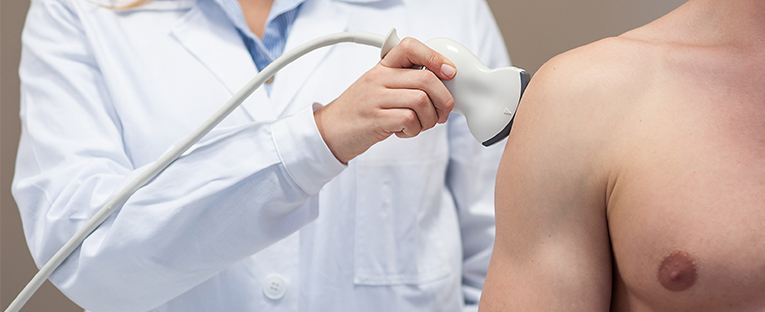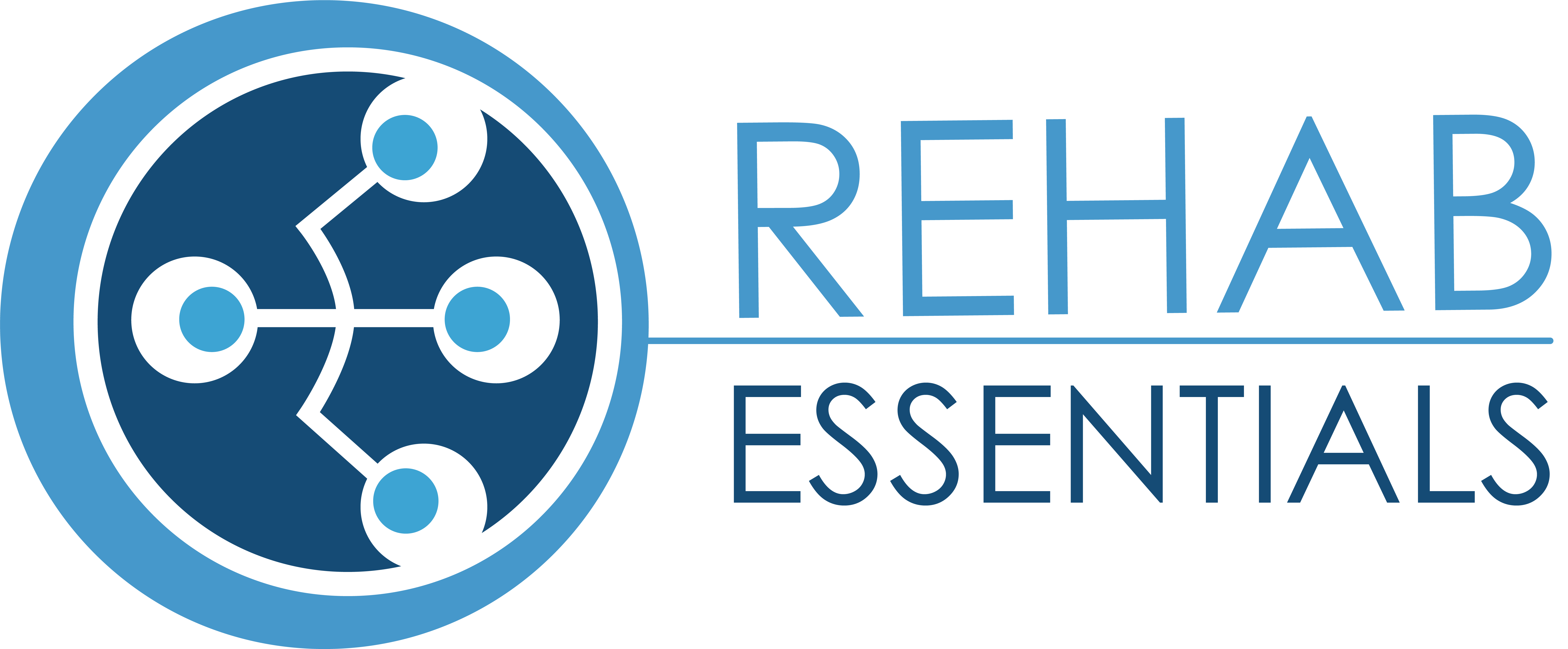Implementation of Therapeutic Modalities in Contemporary Physical Therapy Practice: An Evidence-supported and Practical Clinical Approach
Michael T. Lebec, PT, PhD
Course Description
The purpose of this course is to facilitate learning of fundamental principles associated with the use therapeutic modalities as they apply to the clinical practice of physical therapy. This will be accomplished via a series of self-directed learning modules designed to enhance clinical decision making which guides the appropriate use of therapeutic modalities as well as best-practice approaches for their utilization.

Objectives
Upon completion of this course, students will be able to:
- Describe the physiological characteristics associated with injury in human tissue and identify associated stages of the healing process.
- Explain the established theories of pain modulation and illustrate the mechanisms by which therapeutic modalities have the potential to reduce the perception of painful stimuli.
- For each therapeutic modality discussed in the course:
– Explain the associated biophysical properties and physiologic effects on target tissues
– Articulate and compare varying rationales for utilization in patient care.
– Identify contraindications and cautions associated with its use and outline reasons why these situations are potentially problematic.
– Analyze and assess patient cases to determine if integration of the therapeutic modality into a treatment plan is safe, appropriate, or potentially effective.
– Describe safe and effective physical application of the intervention during patient care.
- Compare and contrast the rationale and practicality for choosing one therapeutic modality over another during episodes of patient care.
- Where possible, provide examples of evidence which guides the effective use of therapeutic modalities in a clinical setting.





